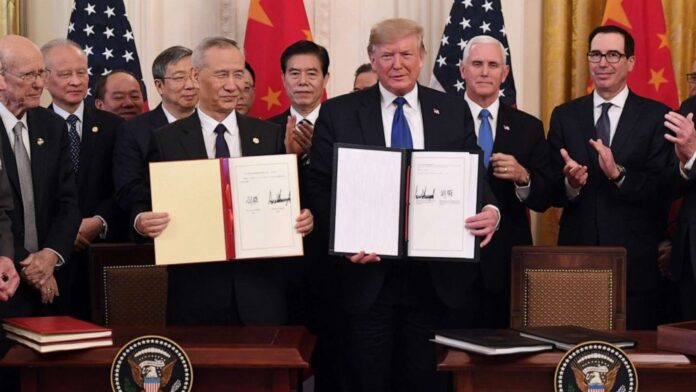During a White House event on government spending, President Donald Trump declared that “we just signed with China yesterday,” suggesting a new trade breakthrough that would ease export limits on rare earth minerals vital to technology and defense sectors. A senior White House aide later clarified that the signature applies to an “additional understanding” to implement the Geneva agreement reached in May, rather than a comprehensive trade pact reuters.com.
Details of the Announcement
Trump made the remarks as he promoted a GOP budget bill, also hinting at a “very big” deal with India to expand U.S. exports. His claim of a signed deal sparked immediate questions among analysts and trading partners, since the Geneva accord already set out a 90-day framework for tariff relief and export licensing. White House officials stressed that this new step simply lays out how both sides will carry out that earlier agreement, especially on rare earth shipments reuters.com.
Rare Earth Export Restrictions
China first imposed controls on seven medium-to-heavy rare earth products in April, reacting to U.S. tariffs and aiming to pressure American manufacturers. These materials feed industries from electric vehicles to jet engines, and China handles about 70 percent of mining and 90 percent of processing worldwide. After the Geneva talks, China agreed to loosen its non-tariff barriers, but Western firms reported they still received only minimal shipments and faced long delays on license approvals reuters.com.
Impact on Manufacturers
In May, Ford halted production of its Explorer SUV in Chicago for a week, and Suzuki paused its Swift model, both citing shortages of rare earth magnets. European plants saw output dips when shipments to Germany fell by half from March to April. Without a reliable flow of magnets, factories risk longer shutdowns and higher costs, threatening jobs and consumer prices in a broad range of sectors csis.org.
Strategic Supply Chain Moves
The United States and its allies are racing to diversify rare earth supply. Australia is scaling up with projects like the Eneabba refinery and the Nolans mine, aiming to boost global production by 2027. Domestically, the U.S. Department of Defense has invested over $439 million to build separation plants in California and Texas. Yet experts warn that China’s low-cost output, backed by state policy, still makes new operations a tough sell without strong public-private support csis.org.
What Comes Next
Implementation of this new understanding will hinge on China granting export licenses faster and the U.S. lifting some of its countermeasures. Both sides face pressure to show progress before reciprocal tariffs on July 9 could kick in. Meanwhile, markets have reacted cautiously, reflecting doubts about how soon full access to rare earths will resume and how a broader trade deal might emerge ft.com.
Personal Analysis
This update feels more like a public relations move than a fresh accord. By announcing a “signed” deal, the White House signals momentum, but the actual terms remain those already negotiated in Geneva. Real relief for manufacturers will come only if Beijing speeds up license approvals and if Washington eases some retaliatory measures, which still hangs in the balance. Until then, both governments must turn promises into action to prevent further factory slowdowns and protect strategic supply chains.

